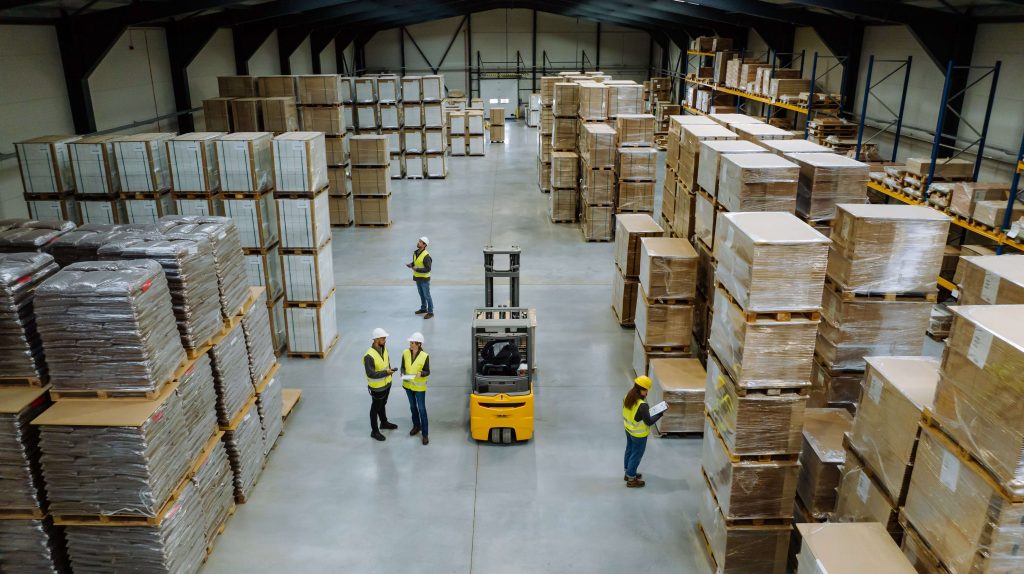As businesses increasingly rely on vast networks of suppliers, supplier portals have become essential tools for streamlining operations, enhancing transparency, and managing relationships. However, like all aspects of technology, supplier portals are evolving rapidly. From AI integration to enhanced data security measures, innovations in supplier portals are set to reshape supply chain management. In this blog, we’ll explore the key trends and innovations defining the future of supplier portals, helping companies stay ahead in a dynamic and competitive landscape.
1. AI-Powered Analytics and Automation
Artificial Intelligence (AI) is revolutionizing the way businesses interact with supplier data. Through AI-powered analytics, supplier portals can now process large volumes of data quickly, revealing patterns, potential issues, and areas for improvement. Key AI-driven features include:
- Predictive Analytics: AI can help predict future supply chain issues based on historical data, such as delays, quality problems, or pricing changes, allowing businesses to proactively address risks.
- Automated Workflows: Supplier portals with AI can automate routine tasks like order processing, invoice approvals, and compliance checks, freeing up time for more strategic work.
- Chatbots for Support: AI chatbots are becoming increasingly popular for assisting suppliers with routine inquiries, providing 24/7 support, and reducing the need for human intervention.
2. Enhanced Data Security and Privacy Measures
As supplier portals manage critical business data, ensuring the security and privacy of this information is paramount. In the future, we’ll see advanced security measures becoming the norm:
- Blockchain for Data Integrity: Blockchain technology provides a decentralized ledger that ensures data cannot be tampered with, adding a layer of trust and transparency to supplier transactions and documents.
- Multi-Factor Authentication (MFA): As more sensitive information is managed through supplier portals, MFA and biometric verification will become standard to prevent unauthorized access.
- GDPR and Compliance Updates: Supplier portals will incorporate evolving regulatory standards, making compliance with privacy laws (like GDPR) easier to manage and ensuring that suppliers adhere to updated guidelines.
3. Real-Time Data and IoT Integration
The Internet of Things (IoT) is enabling real-time data collection across the supply chain. For supplier portals, this means more accurate tracking and faster response times, improving decision-making and efficiency:
- Live Tracking of Shipments: IoT sensors in shipping containers provide real-time updates on location and conditions, such as temperature and humidity, which are especially crucial for industries like food and pharmaceuticals.
- Predictive Maintenance for Equipment: IoT data can help suppliers and manufacturers predict when equipment might fail, scheduling proactive maintenance and avoiding costly downtime.
- Inventory Monitoring: IoT sensors in warehouses can track inventory levels in real-time, automatically updating supplier portals and triggering reorders when stock is low.
4. Enhanced Supplier Collaboration and Relationship Management
The future of supplier portals will focus on collaboration and relationship-building rather than simple transactional interactions. Advanced portals will provide tools for better communication, performance management, and collaboration:
- Integrated Communication Tools: Supplier portals are integrating video conferencing, messaging, and document-sharing capabilities, creating a central hub for real-time collaboration.
- Supplier Performance Dashboards: New dashboards can display key performance indicators (KPIs) for each supplier, providing an overview of metrics like on-time delivery, quality standards, and responsiveness.
- Gamification of Supplier Relationships: Some portals are introducing gamification features, rewarding suppliers with high performance metrics, certifications, and badges, fostering a sense of achievement and encouraging ongoing improvement.
5. Mobile-First Experience
As businesses move toward remote work and mobile access, supplier portals are also shifting toward mobile-friendly interfaces. Mobile-first supplier portals enable suppliers to access critical information on the go, making it easier to stay connected:
- Mobile Accessibility for Real-Time Updates: Suppliers can access data, receive alerts, and upload documents from mobile devices, enabling faster and more flexible communication.
- Push Notifications: Mobile-enabled supplier portals can send real-time notifications about changes in orders, new messages, or compliance requirements, allowing users to act immediately.
- User-Friendly Interfaces: With mobile access, user experience (UX) design is becoming more critical. Modern supplier portals will feature intuitive, easy-to-navigate interfaces optimized for smaller screens.
6. Sustainability and ESG Tracking
As companies place more emphasis on Environmental, Social, and Governance (ESG) goals, supplier portals are becoming vital tools for tracking and enforcing sustainability efforts across the supply chain:
- Carbon Footprint Tracking: Future portals will likely offer tools for tracking each supplier’s carbon footprint, providing a transparent view of sustainability efforts across the supply chain.
- Sustainable Certifications and Audits: Supplier portals may integrate ESG certifications and auditing tools, helping businesses identify and partner with suppliers who align with their sustainability goals.
- Social Compliance Monitoring: With built-in monitoring capabilities, supplier portals can help businesses ensure suppliers adhere to ethical labor practices, including fair wages, working conditions, and no child labor.
7. Advanced Supplier Risk Management
Future supplier portals will prioritize risk management with enhanced predictive analytics and risk assessment tools, allowing companies to identify vulnerabilities across their supply chain proactively:
- Automated Risk Scoring: By evaluating metrics like financial stability, delivery consistency, and compliance, portals can assign risk scores to suppliers, providing an early warning system for potential issues.
- Scenario Planning Tools: Some supplier portals are beginning to incorporate scenario planning, allowing companies to model potential disruptions and develop contingency plans.
- AI-Powered Risk Detection: By scanning news sources, financial records, and social media, AI can detect early signs of risk factors, such as geopolitical instability or supplier financial troubles, enabling companies to act quickly.
Final Thoughts
Supplier portals are poised to become essential tools for achieving efficient, compliant, and sustainable supply chains. By embracing AI-driven analytics, IoT integration, enhanced data security, and sustainability tracking, businesses can transform their supplier relationships and stay competitive in a fast-paced global market. As these technologies continue to evolve, supplier portals will not only support operations but also enable businesses to build more resilient, adaptable, and responsible supply chains. Future-proof your business by investing in a supplier portal that embraces these trends and innovations, positioning your company to excel in the ever-evolving world of supply chain management.

